Presentation
Presentation of La Salmiote
Fishing trip La Salm in Vielsalm
La Salm… I do not think I am mistaken in saying that the mention of the name of this river alone is a dream for most trout fishermen and, more generally, for fishermen attracted by running waters and their finned inhabitants. Because from Salm to salmonids, there is only one step and from salmonids to salmonids as well. This name reminds us that the Salm was once a fabulous salmon river, so much so that the town it crosses, Vielsalm, also with its evocative name, chose this fish for its coat of arms. Today, even if salmon no longer frequent the currents and pools of the Salm, the latter remains an incomparable salmonid river, very well populated with shadows and trout. It irresistibly attracts many fishermen every season, including your servant who cannot imagine not soaking a nymph or worm in it at least once a year. There is something magical about Salm, it is undeniable, and it is certainly not the fishermen who frequent the course of the “La Salmiote” fishing company – which I suggest you discover in this issue – who will contradict me.
Description of the route
La Salm has its source in the place called “Croix Othe”, near Commanster, a small village located on the edge of the Grand Bois National Forest and the German border. It successively waters Beho, Bovigny, Cierreux, Salmchâteau, Vielsalm, Grand-Halleux and joins l’Amblève in Trois-Ponts. Strangely enough, the Salm is called “le Glain” for several kilometres, from its source to the confluence with the Golnai at Salmchâteau. It is only when it receives the water from this stream from Braque Fraiture that it takes the name “Salm”.
The route of the company “La Salmiote” starts at the bridge of the power plant in Cierreux. At this point, the Salm is a impetuous river 5 to 8 m wide flowing on a bottom made up exclusively of boulders, stones and gravel. Its valley is very narrow and the Salm River is “stuck” between the railway embankment on the left bank and the road leading to Vielsalm on the right bank. However, it remains very accessible and attractive thanks to the many fish stations that will immediately jump out in the eyes of experienced fishermen. The average depth is relatively shallow but each damping behind a block or rock is likely to shelter a fish. The Salm retains this aspect all the way to Lac des Doyards, except for a few deeper areas – beautiful shade pools – that punctuate the last 200 to 300 metres of the river before it enters the lake.
Lac des Doyards is an 11 hectare lake located in the heart of Vielsalm. Built as a dam on the Salm River in 1978, its initial objective was to provide a buffer in the event of a flood. Like many bodies of water in Wallonia, Lac des Doyards has never really fulfilled this role and, today, it has an exclusively recreational vocation. Its depth varies from 90 cm at the Salm entrance point to 6 to 7m at the dam. The lake is managed by Ourthe et Somme, which has entrusted the fishing management of the site to “La Salmiote”, which offers its fishermen the opportunity to fish both in closed water and in rivers. Lac des Doyards is very easily accessible and its very clean and perfectly clear surroundings make it easy for fishermen to set up.
Shortly after leaving Lac des Doyards, the Salm River receives the Ruisseau de Hermanmont from Petit-Thier on the right bank. The entire stretch of this stream located in Vielsalm is managed by Salmiote, as well as one of its tributaries, Ruisseau du Barechin. Downstream of Lac des Doyards, the Salm changes its face. Its valley widens and an alluvial plain gradually sets in as we move downstream. Although still lively, the Salm is becoming somewhat more relaxed and “dishes”, although of reduced length, appear here and there. The Salm’s route is more winding, there are more pits and the average depth is greater. Its banks, which are less steep, are sometimes covered with forest-type vegetation, sometimes with wet meadows or pastures.
The company “La Salmiote” owns several lots on the Salm sector located downstream of Lac des Doyards. These are basically all the sections of the Salm that run along the road between Vielsalm and Grand-Halleux or along the railway. These different lots are delimited on site by panels. The last of them ends at the big bend that precedes the straight line leading to the place called Pont de Hour, on the Vielsalm – Grand-Halleux road, at a place where the Salm valley widens abruptly and opens onto Grand-Halleux. In addition to the fisheries management of Lac des Doyards, La Salmiote manages a total of 60 km of banks (on single banks) along the Salm ,de la Salm,de la bramble,du golnay and du Ruisseau de Hermanmont.
Fishing pontoon
La Salmiote also offers an easily accessible fishing pontoon for people with reduced mobility. Thus, everyone can experience the joy of teasing trout by the water’s edge !
to access the pontoon PMR by car, follow the road towards Rencheux. It is located on the railway side, 100 meters from the road.
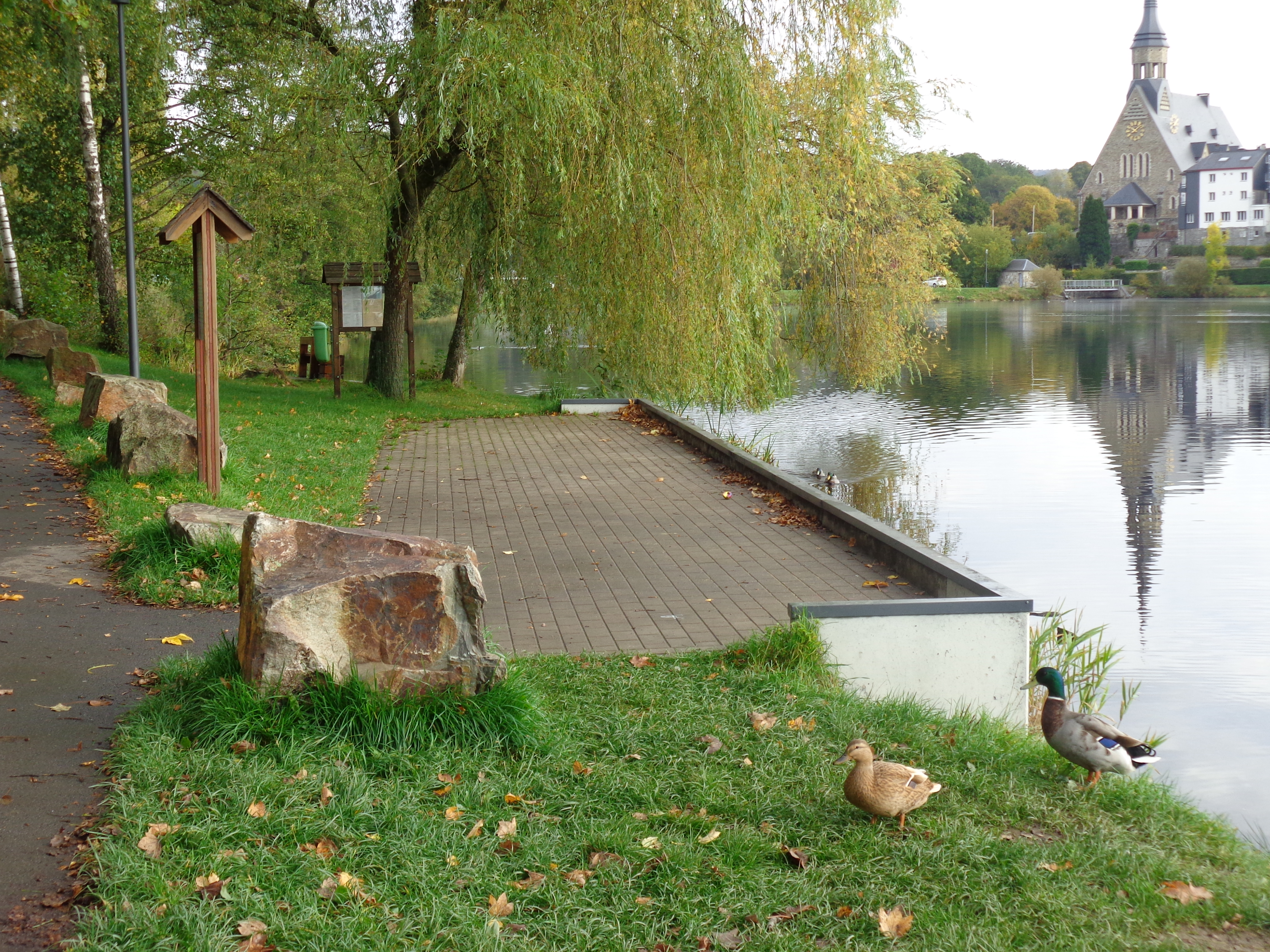
Fish present and types of fishing
La Salm is the undisputed kingdom of Fario trout and shade. Trout are very numerous in the Salm and only very difficult conditions (heat wave, exceptional flood…) could lead to a disappointment for the fisherman. In season, Salmiote repopulates adult trout monthly, both in the Salm and in Lac des Doyards. These restocking trout are mixed with trout from the trout restocking carried out each autumn by the company, but also with the many wild trout that are produced in the Salm itself and in its direct or indirect tributaries, namely Rencheux and Goronne Creek, Hermanmont Creek and Barechin Creek. Thus, the Salm is one of those rivers where fishermen are lucky enough to regularly catch wild trout.
Due to its physiognomy, the area located upstream of Lac des Doyards is more suitable for experienced trout fishermen. The Salm is less easy to “read” for the beginner fisherman and the fish stations are less marked than on the downstream part of the course. Even if, there as elsewhere on the Salm, all trout fishing techniques are practicable, toc fishing is undoubtedly the discipline that best suits the strong current that characterizes this part of the Salmiote’s course.
But the Salm also attracts many fishermen – especially fly fishermen – for its population of shades, which has always been among the most flourishing in Wallonia. This fish is present on the Salm River from the confluence with the Amblève River in Trois-Ponts to the upstream part of Salmchâteau. It is probably on the course of the Salmiote that the shadows are most numerous. They are particularly present in impressive density in the area immediately upstream of Lac des Doyards and few fly fishermen have never launched a fly or a nymph on this stretch of the Salm, even though it is the least “wild”. This high density of shade is probably due to the presence of Lac des Doyards, in which they find refuge and food at certain times of the year. Shade is regularly caught by anglers who use the lake. Fly fishing is possible all along the Salmiote river and wading is welcome in some places due to the congestion of the banks. The chub is also present on the Salm, especially in the downstream sector, as well as the accompanying species sculpin, minnow, loche and dowel.
In addition to trout and shade, Lac des Doyards contains many species of cyprinidae that are a delight for anglers: roach, rattan, tench, carp and bream. The lake is famous for its beautiful roaches and tenches (subjects from 3 to 4kg are not rare). Finally, the lake is also populated by perch and pike. All fishing techniques are allowed on the lake, which is the perfect complement to Salm in terms of fishing.
La Salmiote: a fishing trip that will satisfy fishermen of all disciplines!
Special provisions
Catch sizes: trout, brook trout and perch: size 24 cm, pike: 50 cm in the river at the lake, pike and grayling no-kill
Catch quotas for the river: 5 fish for the following species combined: trout, brook trout and pike per day
Annual card: 60 fish maximum with 8 fish maximum in 7 consecutive days
10 fish maximum per card 7 consecutive days
Fishing and baiting with blood, marrow and maggot is prohibited in the river
Catch quotas for the lake: 5 fish for the following species, combined: trout, brook trout, and perch, pike and grayling no-kill
Daily card: pike and grayling no-kill
Annual card: 60 fish and 10 fish maximum in 7 consecutive days, pike and grayling no-kill
Weekly card: 10 fish maximum, pike and grayling no-kill
Trout and grayling in size caught other than by fly fishing must be carried by the fisherman.
Catch log must be filled out as soon as a fish is caught
Wading (fishing with your feet in the water) is prohibited on the lake
Ground baiting is limited to 5 litres of groundbait flour and a maximum of one litre of maggots on the lake
No-kill fishing and direct release for the following species: grayling, roach, rudd, bream, tench, gudgeon, minnow and carp
Night fishing prohibited
Fishing from a boat and other boats prohibited
Hooks with barbed hooks are prohibited
Boats for baiting, dropping lines and echo sounders are prohibited.


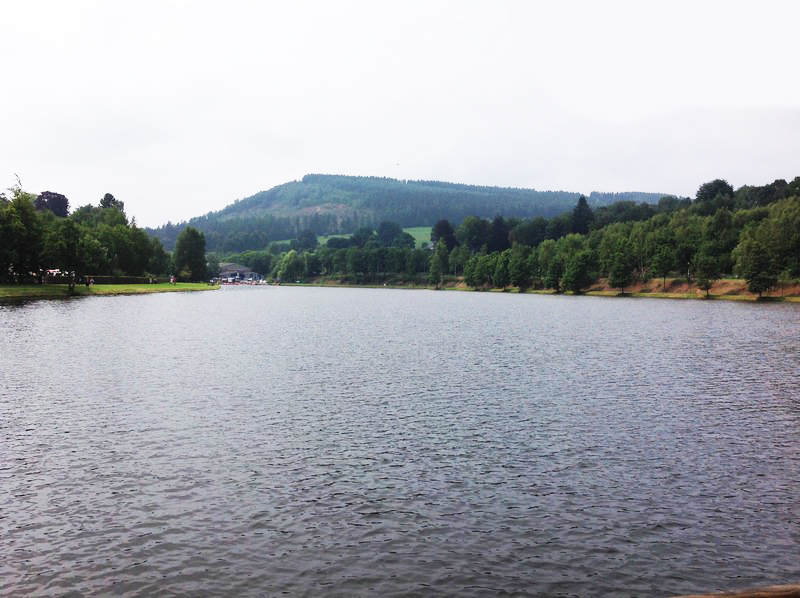
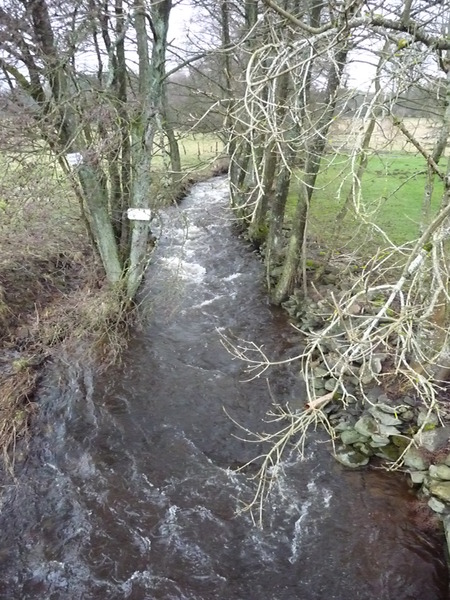
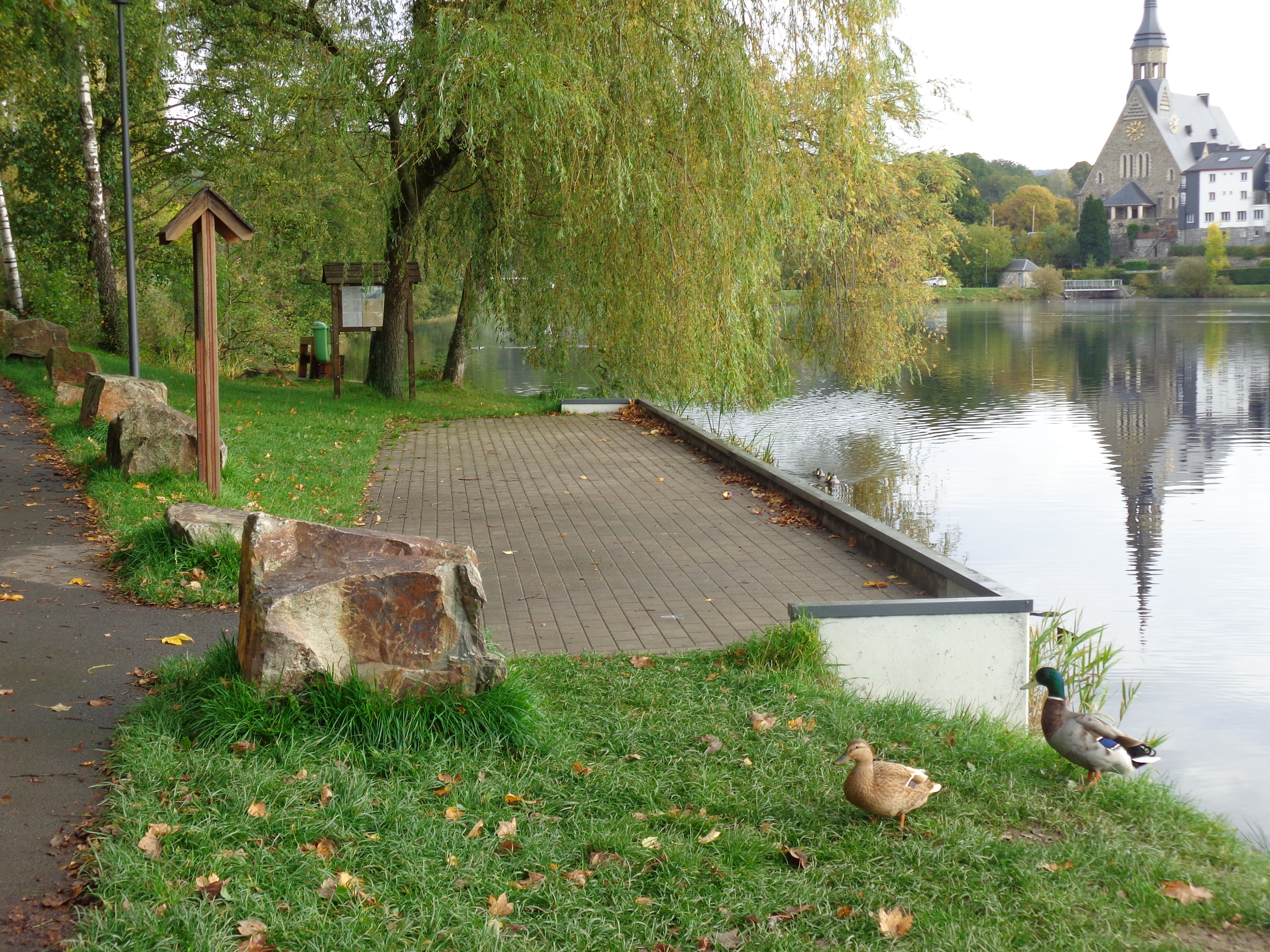
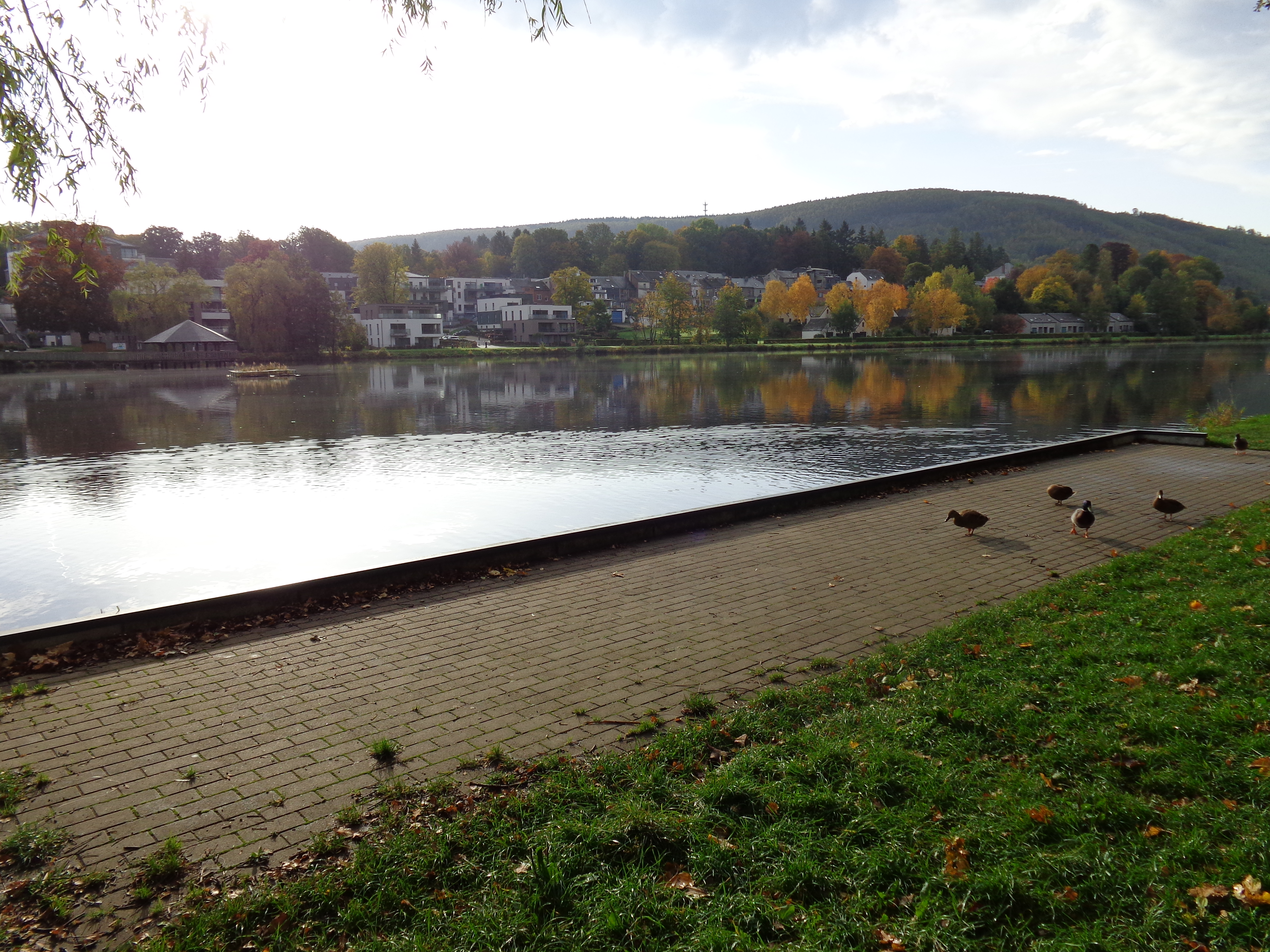





 Visit Today : 6
Visit Today : 6 This Month : 6
This Month : 6 This Year : 40181
This Year : 40181 Total Visit : 199239
Total Visit : 199239